ROOM: The Space Journal is one of the top magazines on space exploration, technology and industry. At ROOM, we share a common goal – promotion of peaceful space exploration for the benefit of humankind, all while bringing you throughly researched articles on an array of trending topics. Our authors include academics and industry leaders from all over the world, which lets us bring you the most up-to-date and accurate information about hubble space images galaxies.
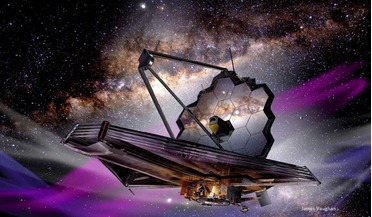 May 2022
Essential guide to the James Webb Space Telescope
May 2022
Essential guide to the James Webb Space Telescope
...galaxies to hunting for possible signs of life around nearby worlds. Although we have planned extraordinary science, we cannot imagine the universe the James Webb Space Telescope is about to reveal. WST is not ‘Hubble’s Replacement’ but ‘Hubble’s Successor’, designed to build on Hubble... Infrared Camera (NIRCam) is JWST’s primary near-infrared (short wavelength) imager, passively cooled by the sunshield. One of the significant innovations of NIRCam...
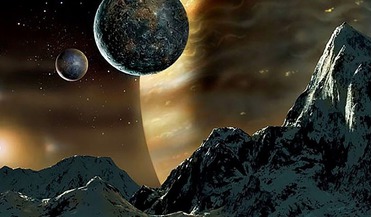 March 2016
Why We Need Space Artists
March 2016
Why We Need Space Artists
... of comments when photography was invented, when digital art became available, when the Hubble Space Telescope sent back its first amazing images of distant stars and nebulae. . . But let’s take a look at the history...thermal areas that seemed like the gates of Hell itself. In deep space - the province of stars, nebulae and galaxies - even the Hubble Space Telescope and developments in terrestrial observing have not superseded but only provided ...
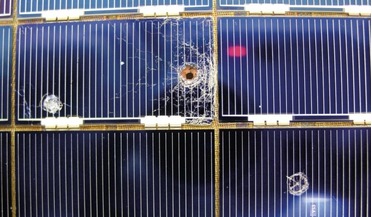 February 2021
Space archaeology - preserving our orbital heritage
February 2021
Space archaeology - preserving our orbital heritage
... the regulations) but now awaiting the inevitability of atmospheric drag and gravity to take effect. The Hubble Space Telescope - cultural as well as scientific icon. Harvest option The threat posed by debris within the ...debris — our ‘space junk’ — so important. The sooner we acknowledge this and begin a more inclusive dialogue in wider circles and at higher levels, the safer our orbital heritage will be. The iconic Hubble image, ‘Pillars of ...
 February 2022
Revolution and responsibility: the challenges of space
February 2022
Revolution and responsibility: the challenges of space
...Hubble Space Telescope’s Wide Field Camera 3 and Advanced Camera for Surveys, contains the globular cluster ESO 520-21 (also known as Palomar 6). Astronomers tell us that the observable universe has between 100 and 200 billion galaxies... both orbits around the Earth (the circulation of satellites, the allocation of frequencies, the use of images from remote sensing, etc.) and the exploration of the solar system (the sterilisation of probes and,...
 February 2020
Preserving our space heritage
February 2020
Preserving our space heritage
...question is perhaps an easier one to address. Scientific satellites such as the Hubble Space Telescope (HST) have contributed enormously to our understanding of the universe and are...Hubble Space Telescope (HST) has contributed enormously to our understanding of the Universe and could be curated in-orbit as a space museum exhibit. Interaction A space museum should seek to document its exhibits in orbit by sending small inspector satellites to image...
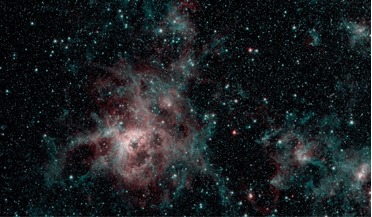 May 2020
Space astronomy at the limits of technology
May 2020
Space astronomy at the limits of technology
..., has worked on all four of NASA’s Great Observatories - Hubble, Compton, Chandra and Spitzer – which gives him a fairly unique perspective on space science. ROOM’s US editor, Amanda Miller, delves into his engineering... the Jet Propulsion Laboratory in Pasadena, California, on 30 January 2020. My first Great Observatory was the Hubble Space Telescope (HST). I was a team member on the high resolution spectrograph, which was one of the instruments...
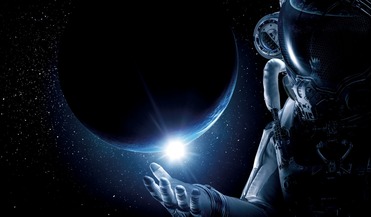 January 2023
Original Sin - Power, Technology and War in Outer Space
January 2023
Original Sin - Power, Technology and War in Outer Space
...Political reform cannot happen without understanding past and present political reality in space. The biggest stain on benign images of space technology and the Space Age is that it helped bring about the prospect of nuclear Armageddon...in part originally designed and funded to meet the Pentagon’s and the Intelligence Community’s needs. The Hubble Space Telescope is an adapted KH-11 spy satellite that simply looks to the cosmos rather than down on ...
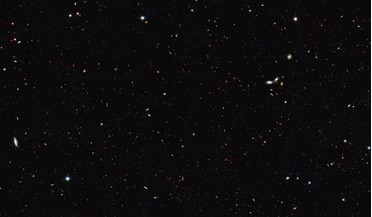 14 October 2016
Observable Universe is populated with 10 times as many galaxies as previously thought
14 October 2016
Observable Universe is populated with 10 times as many galaxies as previously thought
...been estimated that around 100 billion galaxies populate the observable Universe[1]. Now, an international team of astronomers using data from the NASA/ESA Hubble Space Telescopes and other telescopes have ... University of Nottingham, UK, painstakingly converted deep space images from Hubble and data from his team's previous work, into 3D, in order to make accurate measurements of the number of galaxies at different times in the Universe's history....
 March 2021
Messier 82’s starburst magnetic highway
March 2021
Messier 82’s starburst magnetic highway
... of Messier 82, which is about 100 times more luminous than the centre of our own Milky Way galaxy. Stars are forming at an exceptionally high rate, burning brightly and wreaking havoc in the form of winds...Magnetic fields lines in Messier 82 overlaid on visible-and-infrared composite images (across the bottom) from the Hubble Space Telescope and the Spitzer Space Telescope. The galactic superwind from the central starburst is blasting out plumes...